One of Equity's most beloved traditions is the Legacy Robe: Honoring one performer for every Broadway musical that employs a chorus, specifically, the one with the most Broadway chorus credits.
The union is currently the guardian of the Robe, from running the ceremony to managing the process of having every included show decorate a piece of the Robe; a new garment is started seasonally. But the Robe not only began organically, but predates chorus members belong to Actors' Equity Association.
It was during the independent Chorus Equity Association era that performers established what is now known as the Legacy Robe, in 1950. While that began organically between members of Broadway companies before its eventual formalization, it was created, developed and sustained by the chorus.
The story goes that Bill Bradley, a chorus dancer in Gentlemen Prefer Blondes, asked Florence Baum, another member of the chorus, for her dressing gown. Bill sent it over to Arthur Partington, a chorus dancer at the Imperial Theatre where Call Me Madam was opening that night with a note proclaiming that the robe had been worn by all the Ziegfeld Follies, and would bless their show. Partington added a cabbage rose from one of Ethel Merman's gowns, and sent it on to the opening of the next chorus musical: Guys And Dolls. The robe continued to travel and pick up decorations, and a tradition was born.
"That comes out of the camaraderie of chorus dressing rooms," said Al Bundonis, Equity's 2nd vice president who represents chorus performers. "The chorus community tends to be built in to every show, because in most productions we're all sharing large dressing rooms. If you're ever backstage, the place you want to be is the chorus dressing room because of the community that's created there: the laughter, the spontaneity, the friendship and the love. It was out of that camaraderie that the Legacy Robe was created."
Today, the Robe ritual is more elaborate; At an onstage ceremony usually held right before an opening, the previous recipient names the new one and passes on the Robe. The new honored chorus actor dons it, circles the stage three times counter-clockwise, giving everyone an opportunity to reach out and touch the Robe. The Recipient, still wearing the Robe, then visits all the dressing rooms to continue to spread the blessing.
Equity News chats with Robe recipients in the aftermath of their honor, asking them what the ceremony and receiving the Robe mean to them. Here are just a few thoughts that these chorus workers have had to share in recent years about this important moment:
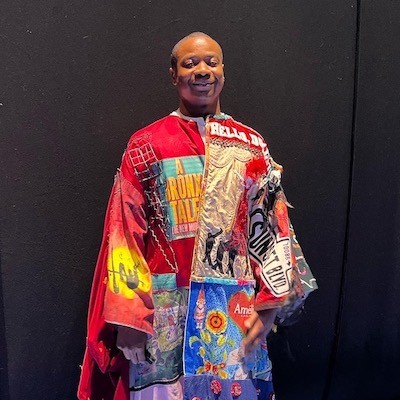
"The Legacy Robe to me is a celebration of past and present members in the chorus of a Broadway show. I immediately felt the weight and history of the robe the moment it touched my body. It truly was a magical experience."
— Michael Williams, Diana (2021)

"The Robe tradition symbolizes a great wealth of theatre history and rite of passage. It reminds me of the many people who have come before me and what they did to further our community; it's a wonderful honor to have."
— Rod Harrelson, Motown the Musical (2016)
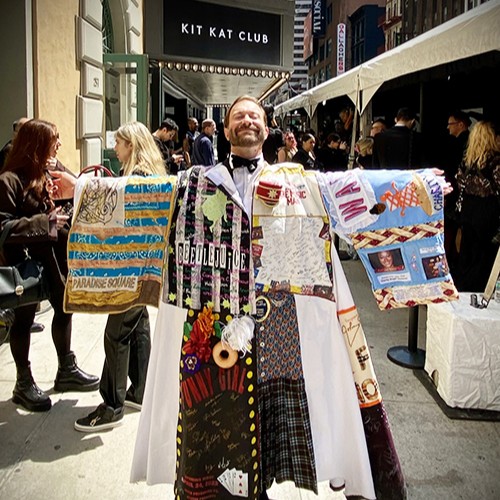
"The Legacy Robe honors the ensemble and brings forward what a strongly assembled and directed ensemble can be and do. We are the ones who are called first, who are released last, who move the doors, carry the costume pieces, set the tone, sing the high notes, do the summersaults and most likely head to understudy rehearsals on the 'free' days. The ceremony is also a way to bring back, hold and honor those who came before us; many of whom we lost to the AIDS epidemic in the 80's and 90's. To look around and see previous recipients who are my nearest and dearest friends was quite emotional."
— Colin Cunliffe, Cabaret (2024)
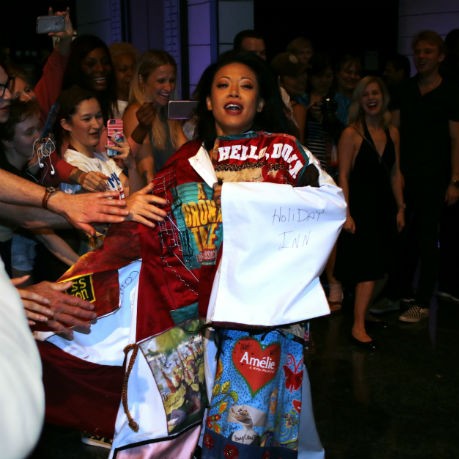
"Getting the Robe symbolizes to me passion, professionalism, persistence, patience and plenty of physical therapy. Since our body is our 'instrument' on stage, it's not surprising that once I put on that Robe I cried, because it felt like a coat of armor or a protective shield made up of passionate performers before me who have paved the way and who love what they do."
— J. Elaine Marcos, Gettin' the Band Back Together (2018)
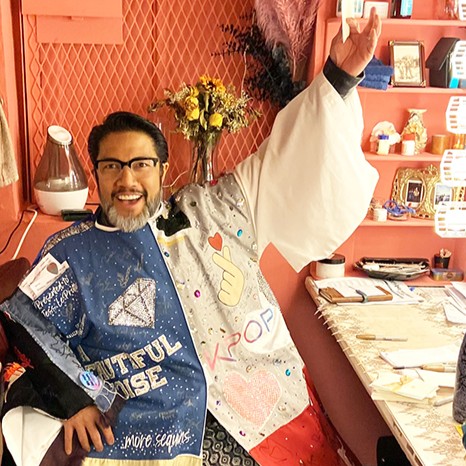
"The Legacy Robe and all its traditions remind me that we're all a part of something much bigger, and how much we all care about one another. It recognizes the hard work and dedication of the chorus. There isn't a Tony Award category for ensemble members, so this is our big honor. I love tradition, and understanding the history of how the Robe is passed from show to show and given to one chorus member on opening night to bless the theater is so beautiful."
— Robert Pendilla, Swept Away (2024)
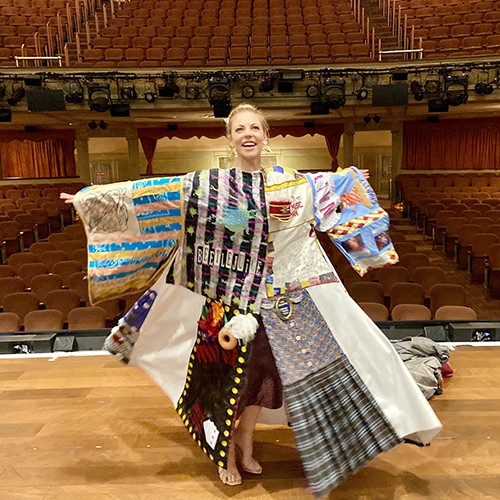
"Right now in my life, the Legacy Robe, to me, means celebrating all those moms in the chorus who are working their butts off to keep shows running and thriving while also working their butts off at home to make sure their families are thriving. We don't always get the accolades when we do the Herculean feat of going on with little or no rehearsal, on little or no sleep, so this Robe is that standing ovation we deserve."
— Kirsten Scott, Suffs (2024)
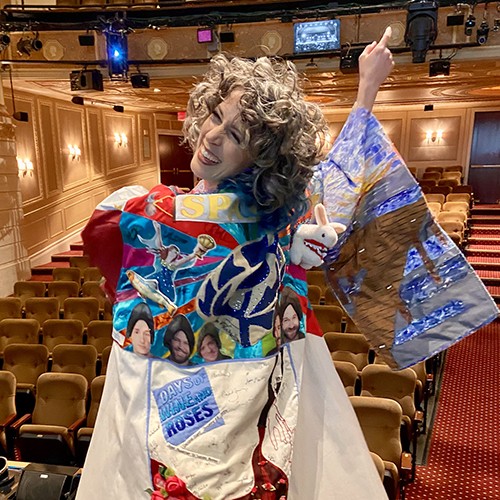
"Receiving the Legacy Robe is such a statement of value. There have been times as an actor I've felt expendable, but having this moment of recognition for how hard it is to be part of the backbone of this industry has given me such a sense of accomplishment and camaraderie with all my fellow 'backbones' of Broadway."
— Paige Faure, Old Friends (2025)
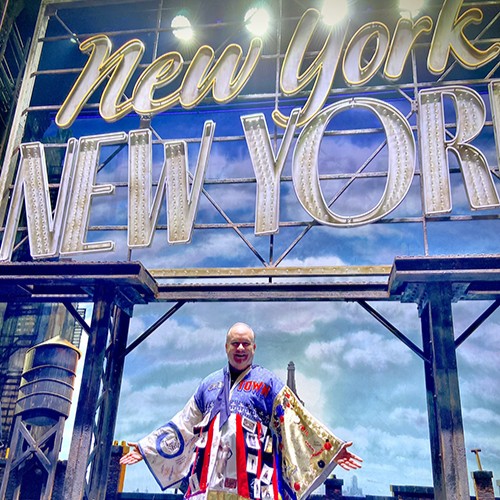
"I'm just so proud to be part of the ensemble of a Broadway show. I love being in the ensemble. I love sharing a dressing room with all the guys. Sometimes when you're playing a principal role it's a little lonely. To be in an ensemble, there's something joyful about it."
— Kevin Ligon, New York, New York (2025)
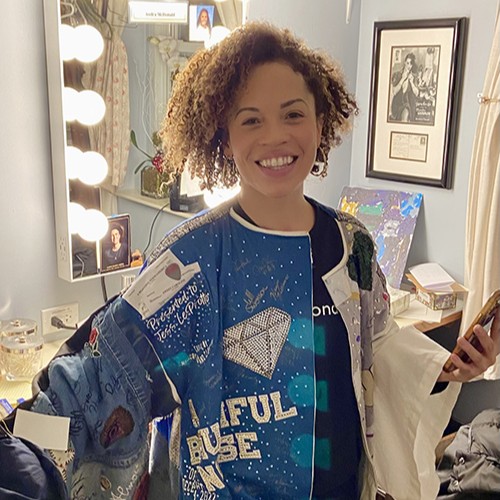
"The Legacy Robe tradition is sharing at its finest. The chorus is all about community and the femme ensemble dressing room is the heart of the theater. Need a stick of gum? Got you. Emergency tampon? Say less. Extra lash or a mid-show snack? Boom, it's yours. We swap clothes like it's Fashion Week, cackle over wild dating stories, offer shoulders to cry on and make friends for life. It's chaos, it's a vibe and honestly, it's the dopest spot in the theater."
— Sasha Hutchings, Gypsy (2024)
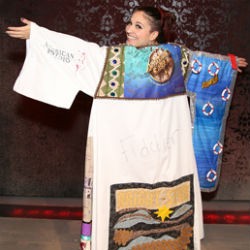
"What was most thrilling to me was the opportunity to really look into the eyes of each person, cast and crew, as I passed them, celebrating the strong ensemble piece of theatre we've created."
— Katrina Yaukey, Natasha, Pierre and the Great Comet of 1812 (2016)
Photo credits in order: Jeffrey Bateman, Walter McBride, Jeffrey Bateman, Jay-Ray Rivera, Jeffrey Bateman, Jeffrey Bateman, Jeffrey Bateman, Jeffrey Bateman, Jeffrey Bateman and Walter McBride.
